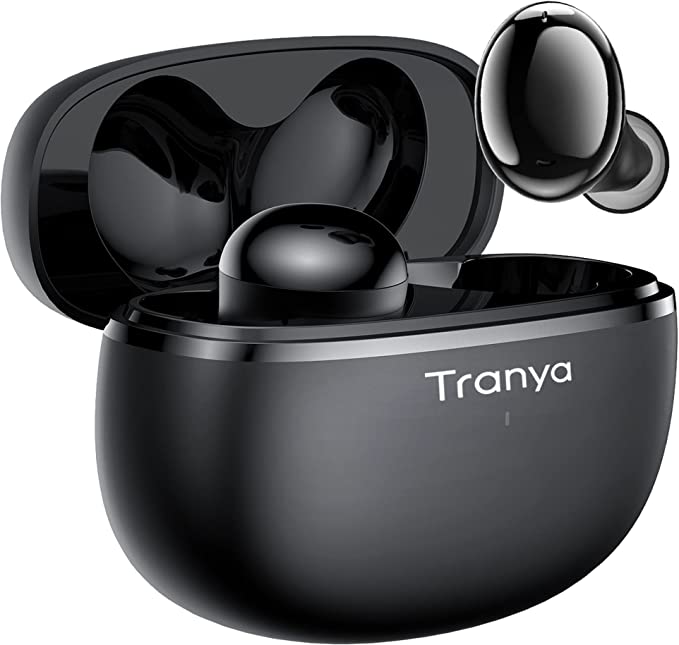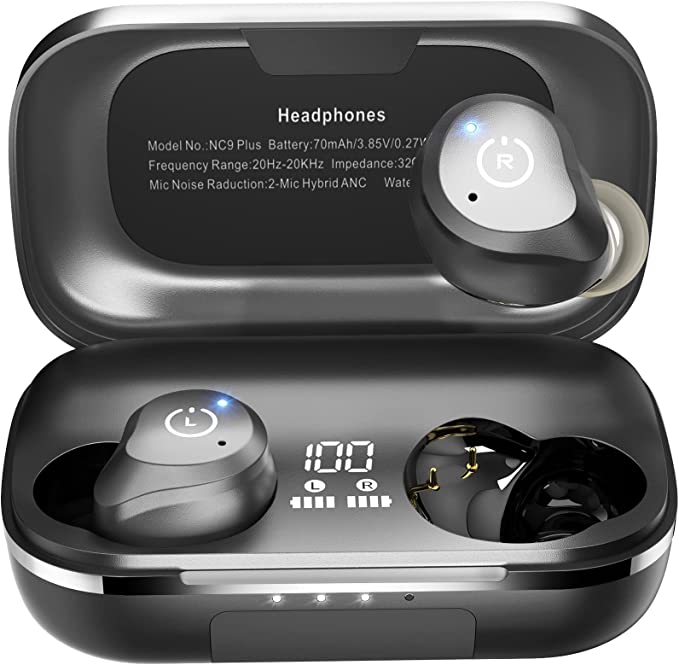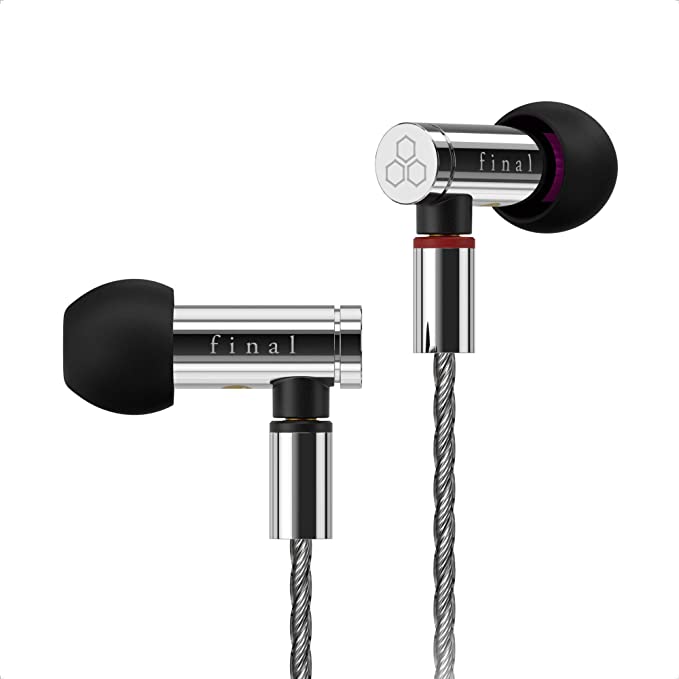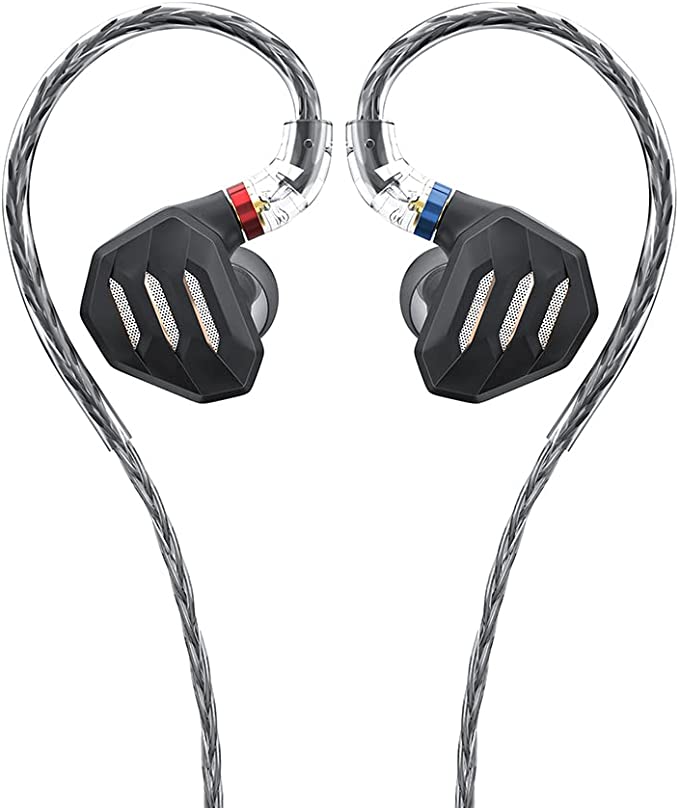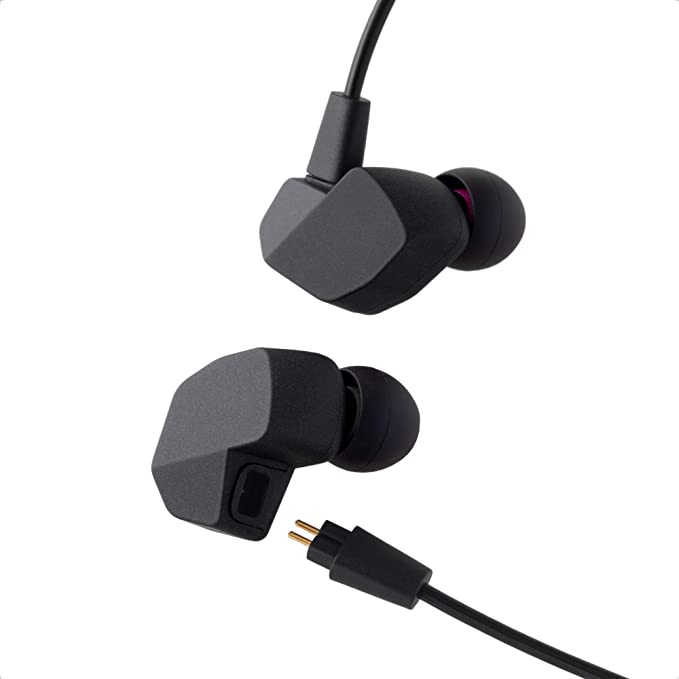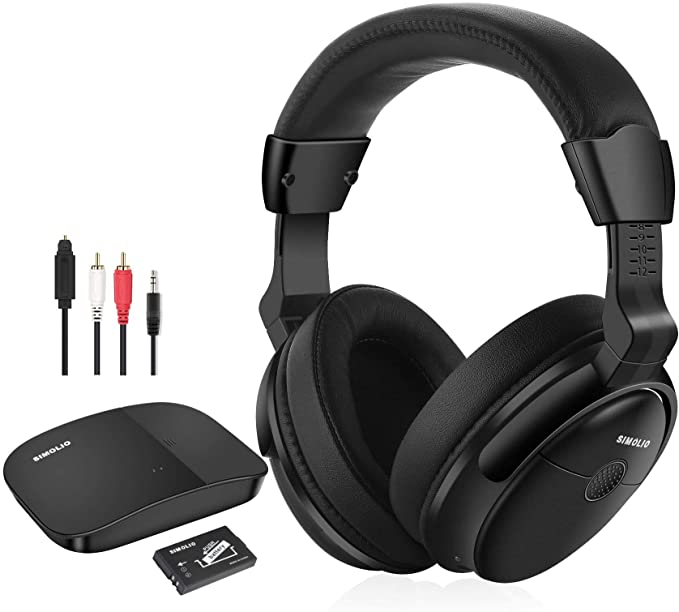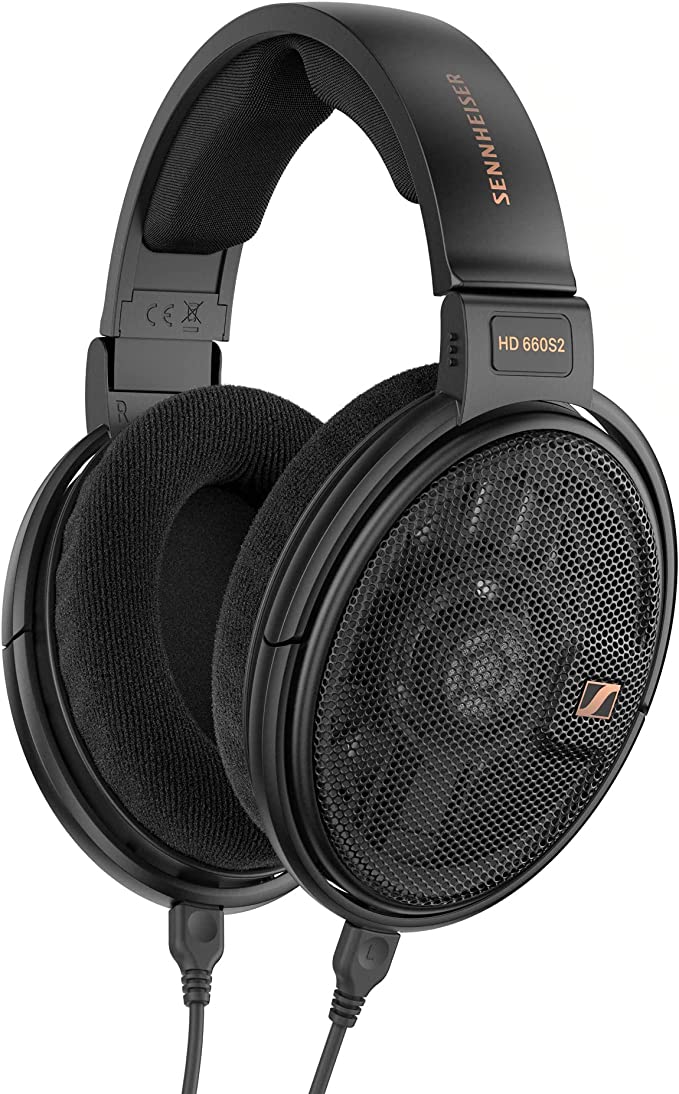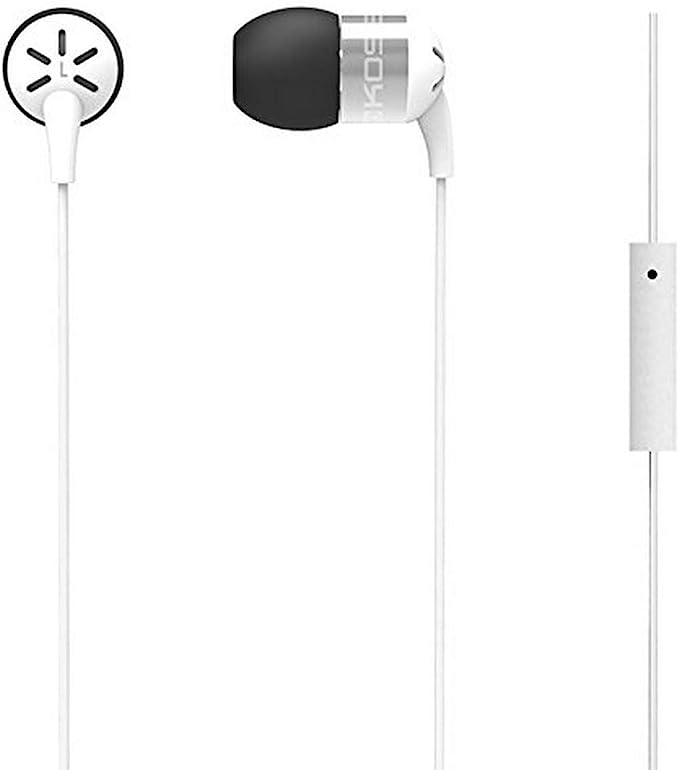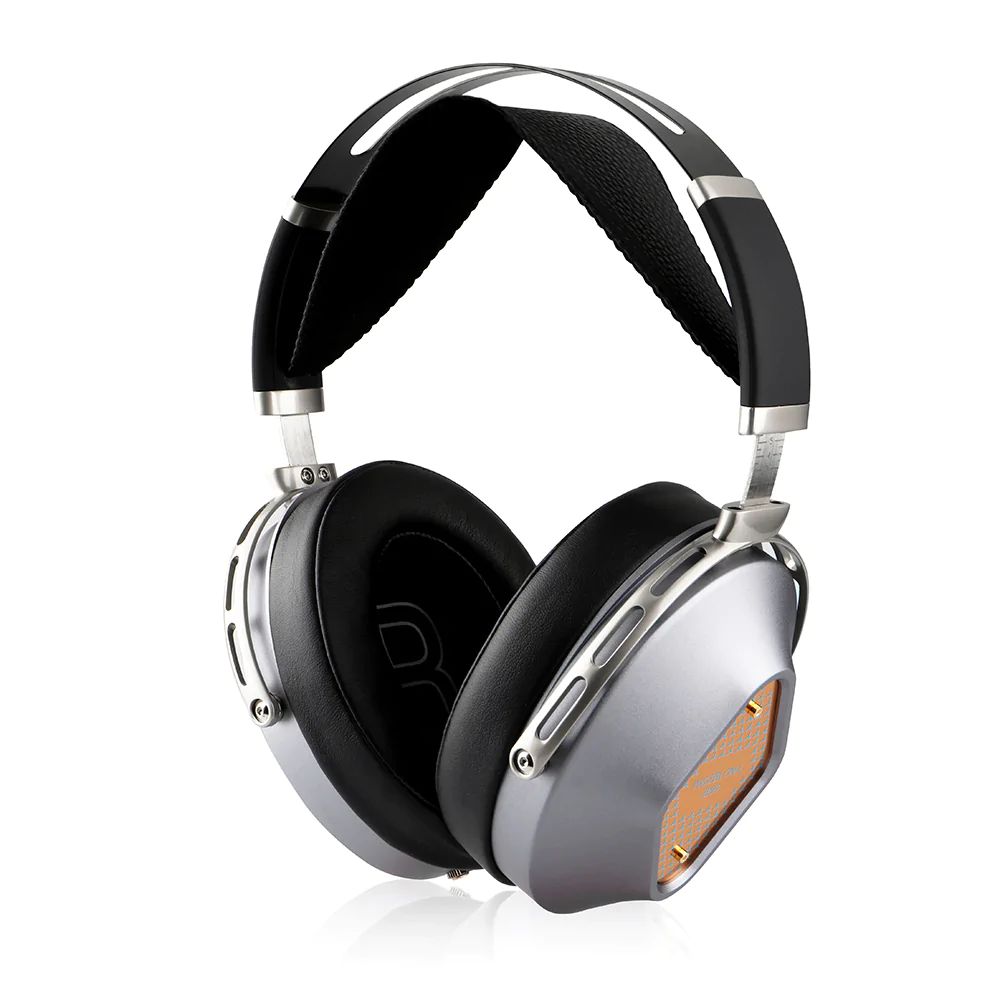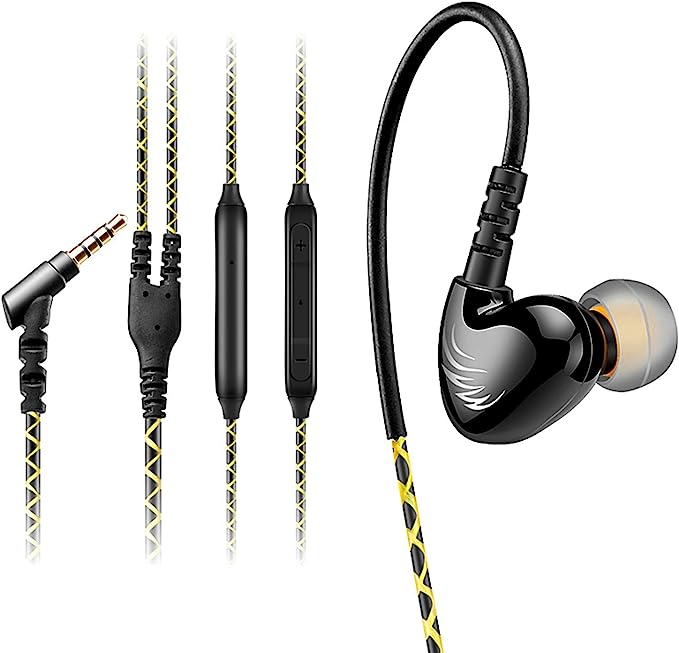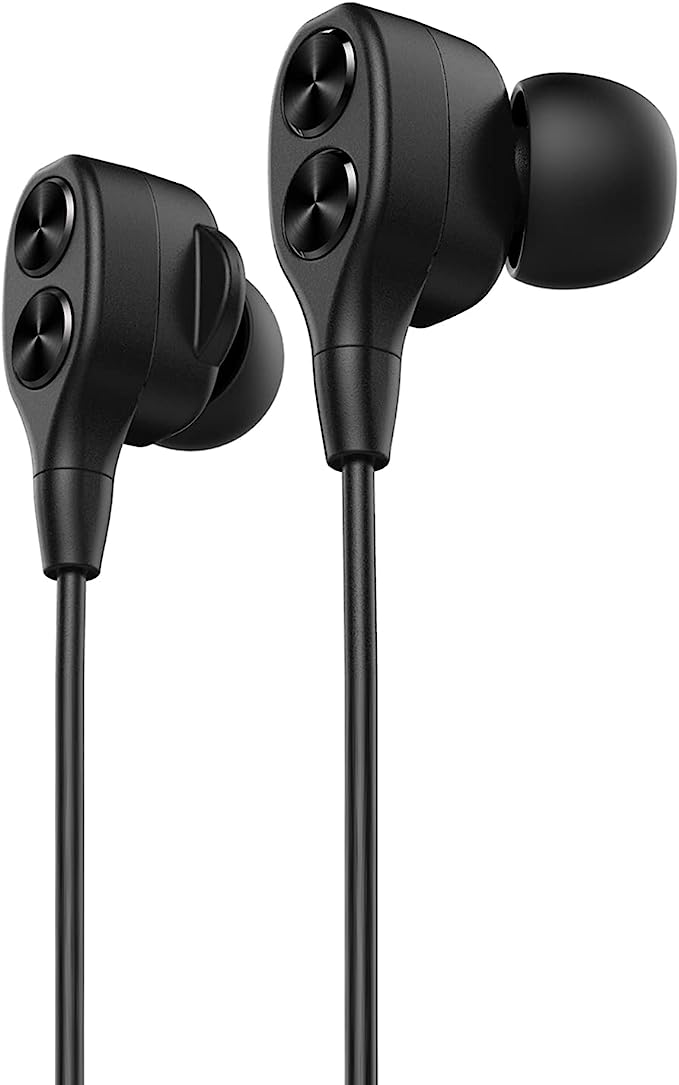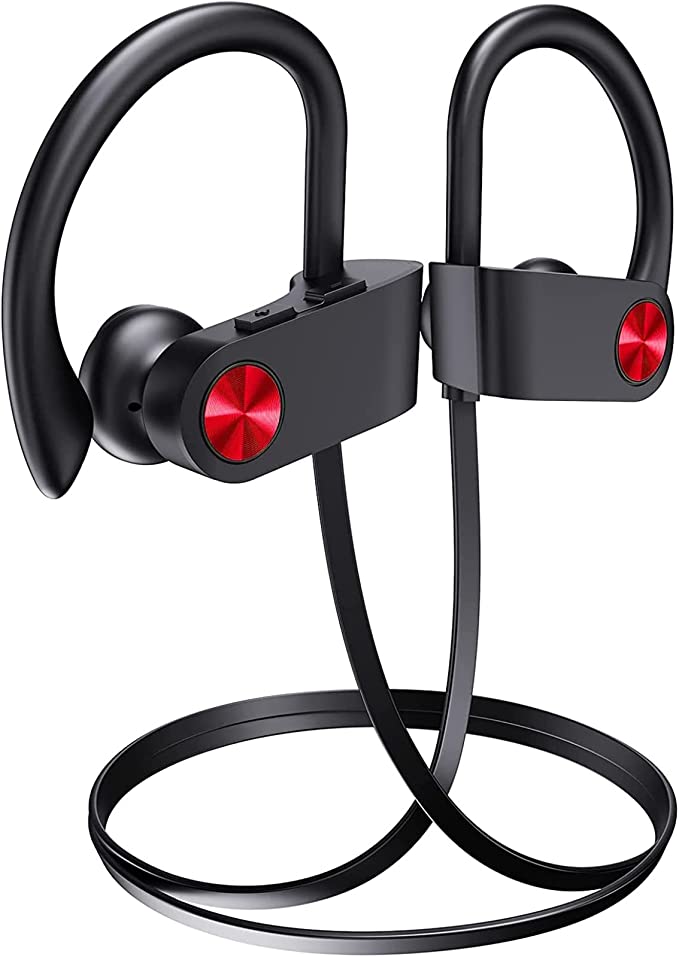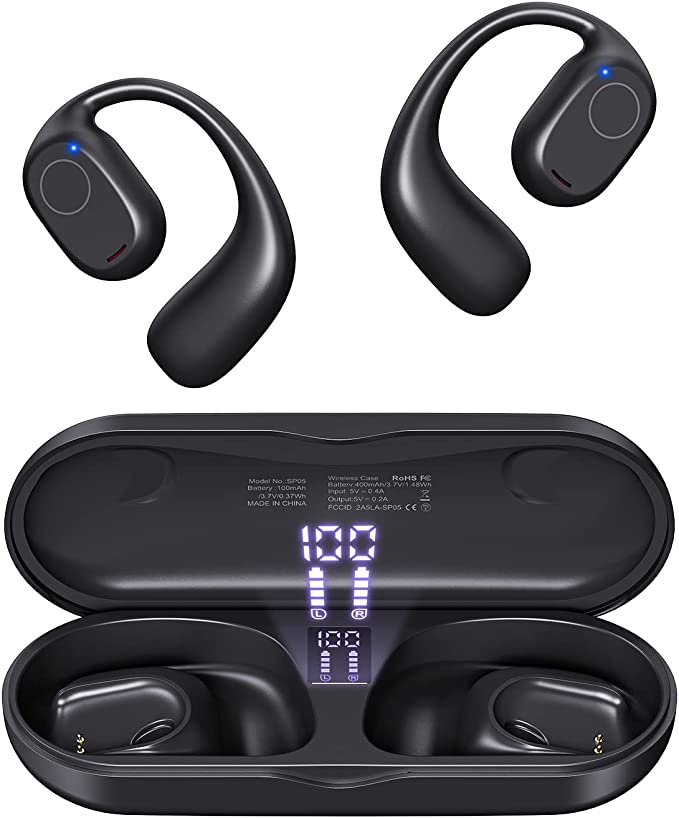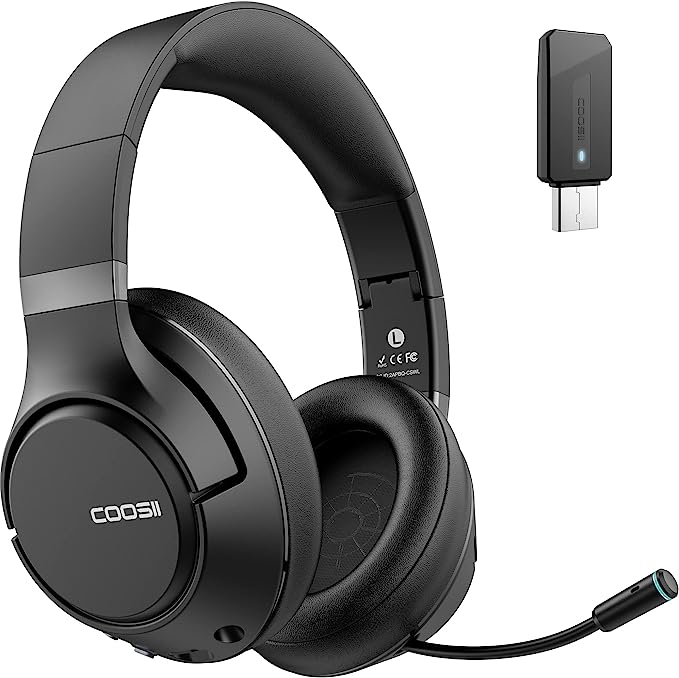ZAGRUS in-Ear Wireless Bluetooth Headphones: Your Gateway to Seamless Audio
Update on Sept. 13, 2025, 2:49 p.m.
We perform the ritual dozens of times a week. A small plastic case flips open, and we pluck out two tiny, sculpted objects. We place them in our ears, a gentle chime confirms their awakening, and suddenly, the world melts away, replaced by a podcast, a symphony, or the voice of a loved one. It feels like magic.
But it isn’t. This seamless, untethered audio experience is one of the great triumphs of modern miniaturization, a silent symphony of physics, chemistry, and computational wizardry packed into a shell barely larger than a bean. To truly appreciate this marvel, we need to look beyond the brand names and marketing slogans. We need to dissect one.
Let’s take a typical example as our specimen, like the ZAGRUS wireless earbuds. We’re not here to review them, but to use their features as a map, guiding us through the invisible science that powers every pair of modern wireless earbuds you’ll ever use.

The Promise of Power: More Than Just a Number
Before any sound is heard, our first interaction is often a glance at the charging case’s digital display. That glowing percentage is our shield against a uniquely modern affliction: “battery anxiety.” This simple feature, however, is a fascinating lesson in energy management.
The display itself is a marvel of efficiency. It uses Light Emitting Diodes (LEDs), which are semiconductors that convert electricity into light with astonishingly little waste. This is the science of optoelectronics in action, allowing the case to communicate vital information without significantly sipping the very power it’s reporting on.
And what about that power? The case might be rated at “260mAh” and each earbud at “38mAh.” Most of us see this as a simple score—bigger is better. But what is a milliampere-hour (mAh) really? It’s not a unit of energy, but a unit of electric charge. It tells us how many hours a battery could provide a certain current (in milliamperes). Think of it as the size of the fuel tank. The actual energy it holds—the work it can do—is measured in Watt-hours, which is the capacity (in Amp-hours) multiplied by the battery’s voltage.
Inside these tiny shells are miracles of electrochemistry: miniature Lithium-Ion batteries. They work by shuttling lithium ions between an anode and a cathode through an electrolyte. The incredible energy density of this technology is the sole reason a device so small can run for hours. So, when you see that LED percentage tick down, you’re witnessing the slow, controlled migration of billions of ions, a silent, chemical dance powering your personal soundscape.

The Unheard Conversation: The Physics of Connection
With a satisfying click, you close the case, and the earbuds in your ears are already connected to your phone. This “one-step pairing” feels automatic, but it’s actually a rapid, complex conversation conducted in a language of radio waves.
This is the domain of Bluetooth. Your earbuds and phone are constantly talking, broadcasting and listening for signals in the 2.4 gigahertz (GHz) radio frequency band. This is a public space, crowded with signals from Wi-Fi routers, microwaves, and other Bluetooth devices. To avoid being drowned out, Bluetooth employs a clever technique called Frequency-Hopping Spread Spectrum (FHSS). The earbuds and the phone agree on a random pattern and rapidly hop between dozens of different frequencies hundreds of times per second. It’s like two people in a noisy party instantly finding a quiet corner to talk, then another, then another, never staying in one spot long enough for a loud conversation to interrupt them.
The first time you pair your devices, they perform a digital handshake, exchanging security keys to establish a trusted relationship. From then on, they remember each other. The act of opening the case simply serves as the wake-up call, initiating an instant, encrypted reunion. The reliable 10-15 meter range of these devices isn’t an arbitrary number; it’s a function of the power class of the Bluetooth radio, a deliberate balance between connection distance and power consumption.

The Architecture of Illusion: The Science of “Surround Sound”
Here we arrive at the most abstract and fascinating territory: the sound itself. Many earbuds, our specimen included, boast of features like “6D Surround Sound.” It’s a tantalizing phrase, but what does it mean? Are there six tiny speakers in each earbud?
The answer is no. The magic here isn’t hardware, but software, and its stage is your own brain. This is the field of psychoacoustics, the study of how we perceive sound. Your brain performs an incredible feat of triangulation to locate a sound in three-dimensional space. It does this primarily by detecting the infinitesimal differences in the time it takes for a sound to reach each ear (Interaural Time Difference, or ITD) and the slight difference in volume (Interaural Level Difference, or IID).
“6D Surround Sound” is a marketing term for a powerful technology: Digital Signal Processing (DSP). A tiny chip inside the earbud acts as a reality-bending audio architect. It takes a standard stereo audio stream and, in real-time, applies complex algorithms to it. These algorithms add microscopic delays, alter frequencies, and subtly adjust the volume between the left and right channels. In doing so, the DSP is artificially creating the very ITD and IID cues that a sound coming from behind you, above you, or beside you would naturally produce.
It is, in essence, a beautifully engineered illusion. The DSP isn’t creating sound from new directions; it’s expertly manipulating the existing sound to convince your brain that it is. It’s a testament to how modern audio is as much about computation as it is about acoustics.
The Body’s Embrace: A Dialogue Between Form and Function
Finally, let’s consider the physical object itself. The “pea-shaped” design isn’t just an aesthetic choice; it’s a solution born from the science of ergonomics, the discipline of designing objects to fit the human body. The smooth curves are engineered to nestle within the concha, the bowl-like cavity of your outer ear. A good fit means more than just comfort and stability during a run; it’s also the first line of defense against unwanted noise. By creating a snug seal, the earbud physically blocks out external high-frequency sounds. This is passive noise isolation, and it works without using a single drop of battery power.
The material, often a tough thermoplastic like ABS, is chosen for its durability and light weight. And then there’s the claim of being “waterproof.” This is perhaps the most crucial lesson in becoming an informed consumer. While a product might resist sweat or rain, “waterproof” is a vague term. The scientific, verifiable standard is the Ingress Protection (IP) rating. An IP rating, like IPX4, tells you precisely that the device is protected against splashing water from any direction. An IPX7 rating means it can be submerged in 1 meter of water for 30 minutes.
Without a specific IP rating, a claim of “waterproof” is just a promise. By learning to look for these standardized codes, you move from trusting marketing to understanding engineering.
The Empowered Listener
From the controlled chemical reactions in their batteries to the radio-wave conversations they hold with our phones, and from the ergonomic fit in our ears to the psychoacoustic tricks they play on our brains, wireless earbuds are dense packages of scientific ingenuity.
To dissect a device like this is to realize that the technology we use every day is not incomprehensible magic. It is the application of understandable, fascinating principles. By looking past the surface, you cease to be just a consumer and become an informed user. The next time you pop in your earbuds, take a moment to appreciate the invisible science you’ve invited into your world. You now know the secrets of its silent symphony.
